Apply Middle East Lessons to Taiwan
Iran's Attack Could be Replicated by China Against Taiwan
There is still a great deal to learn about Iran's drone and missile attack on Israel. Even so, it is very clear that if such an attack was launched by China against Taiwan, the results could well be dismal and Taiwan would suffer greatly. If there is one clear lesson from Iran's attack, it is that the US and Japan along with Taiwan must urgently prepare to fend off a similar attack.
In the Iranian attack on Israel:
170 Kamikaze Drones were fired. None entered Israeli territory. At least one appears to have landed in Iran.
30 Cruise Missiles were fired; 25 were shot down outside of Israeli territory.
103 out of 110 Ballistic Missiles were shot down; 7 Ballistic Missile impacts were recorded on Israeli territory. Five of them hit the Nevatim air base damaging at least one transport plane.
Israel used its layered mostly ground-based air defenses including Iron Dome, David's Sling, and Arrow-2 and Arrow-3. One drone was shot down by an Israeli Sa'ar ship equipped with C-Dome, the sea-based version of Iron Dome. Israel also used its fighter jets and other aircraft to shoot down drones and cruise missiles.
Israel's defenses were deeply coordinated. Israel put in the air its Oron surveillance aircraft, a multi-domain, multi-sensor solution that was used to spot threats and pass target coordinates to fighter aircraft and ground based defenses. Israel also used its Eitam AWACS and Shavit intelligence gathering aircraft during the attack. 'The Wing of Zion' 767 aircraft, based at Nevatim, also was launched. Ostensibly it is a VIP transport for Israel's top leaders. In reality it is a sophisticated command center in case of a nuclear attack.
The US, UK, Jordan and Saudi Arabia also supported Israel against Iran's massive attack. US ships and aircraft shot down some 80 "objects" that were mostly drones, but US AEGIS class Arleigh Burke class destroyers also used their AWACS missiles against ballistic missile threats. Between four and seven SM-3 air defense missiles were launched. The only on the ground casualties were in Israel, one Bedouin girl, age 7, seriously injured by shrapnel and in Jordan where reportedly four people died.
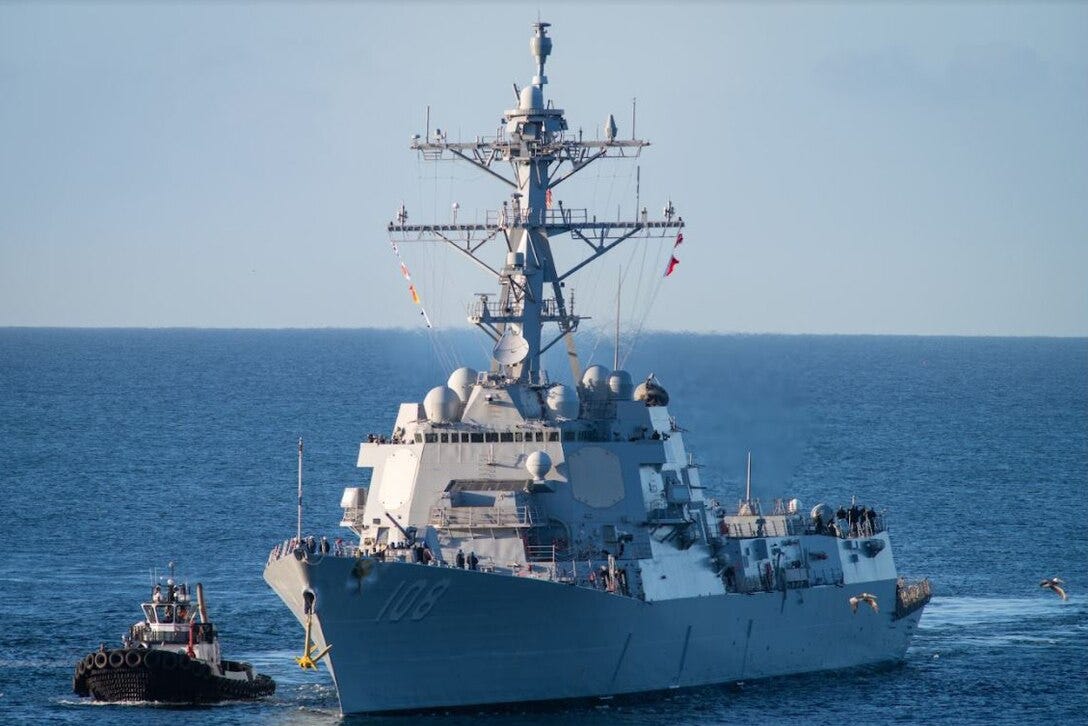
This was the first time Arab countries came to Israel's defense.
The pivot of the operation outside of Israel was the US Central Command (CENTCOM). CENTCOM coordinated the actions of all the players. While some of this coordination was improvised rather than planned far in advance, nonetheless it demonstrated the critical importance of an integrated approach to security.
This is an important, in fact a vital lesson for defending Taiwan.
There are three key findings. The first is that if China launched a similar attack on Taiwan, Taiwan would need outside support for its defense just as Israel needed outside support to fend off the Iranian attacks. As brilliant as Israel's air defense system is, it would have been saturated and unable to cope without help from the US, UK, Jordan and Saudi Arabia.
Taiwan's air defenses are, as far as we know, not integrated and layered like Israel's. Taiwan's air defenses consist of Patriot batteries and home-grown air defense solutions, especially Sky Bow III. Sky Bow is said to be capable of dealing with aircraft, cruise missiles and short range tactical missiles. It fills in the gap of coverage with Patriot Pac-3 designed to deal with strategic threats.
Taiwan has some sea based air defenses. Its six Lafayette-class frigates, the best warships in Taiwan's Navy, are equipped with RIM-72C Sea Chaparral air defense missiles. The missiles are old AIM-9 Sidewinders with very short range ( said to be 3 to 4 kilometers) and would not be effective against most contemporary threats. Taiwan has a project underway to upgrade the Lafayettes under the Xunlien Project. This project aims to install MK-41 vertical launch systems on the ships which requires significant structural changes to the frigates. The MK-41 is the same vertical launch system used on US AEGIS-equipped cruisers and destroyers, and also is used in the AEGIS Ashore system in Poland and Romania. Taiwan plans to equip the frigates with Sky Bow II or Sky Bow III missiles.
The second key finding is that Taiwan's domestic air defenses still need upgrading, especially since its current systems would have difficulty dealing with drones and with complex saturation attacks. In particular, Taiwan would greatly benefit from Iron Dome and with air defense integration know-how. Taiwan lacks any modern combat experience in using its missile defenses and has no hands-on knowledge of how they would perform under heavy combat stress.
One immediate enhancement would be for Taiwan to get Iron Dome. The US owns two Iron Dome systems which the US Army, a particularly retarded organization when it comes to common sense and air defenses, does not want or even know what to do with. The easy and obvious answer would be to transfer them to Taiwan.
The third finding relates to time and distance and how to handle an air attack on Taiwan. It is quite true that the Israeli and CENTCOM air defenses were cobbled together and probably could stand significant improvement, more automation, and other steps to exploit capabilities and commonalities. Even so, compared to what exists in the US Pacific Command (PACOM) and its responsibilities vis a vis Japan and Taiwan, it is hardly developed at all. PACOM cannot fight to defend Taiwan unless its systems are coordinated with Taiwan. Much of this means there is a great need for a fully mature command and control system. Taiwan has long been excluded from any coordination activities, has not been involved in regional military exercises led by PACOM, and so far as is known there is no planning on how to deal with a sophisticated attack on Taiwan from China.
The US must take lessons from the Iran threat and apply them to Taiwan's defense. Failing to do so leaves China in the catbird's seat and renders Taiwan's survival against any strong attack questionable. If nothing is done, even if the US wanted to help Taiwan, it would be without the coordinated means to help.




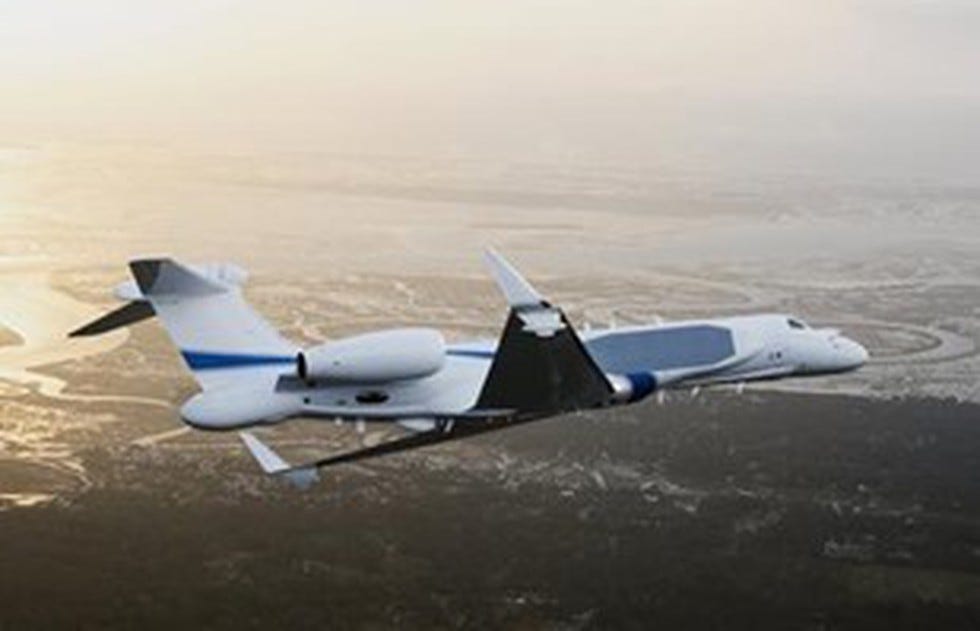
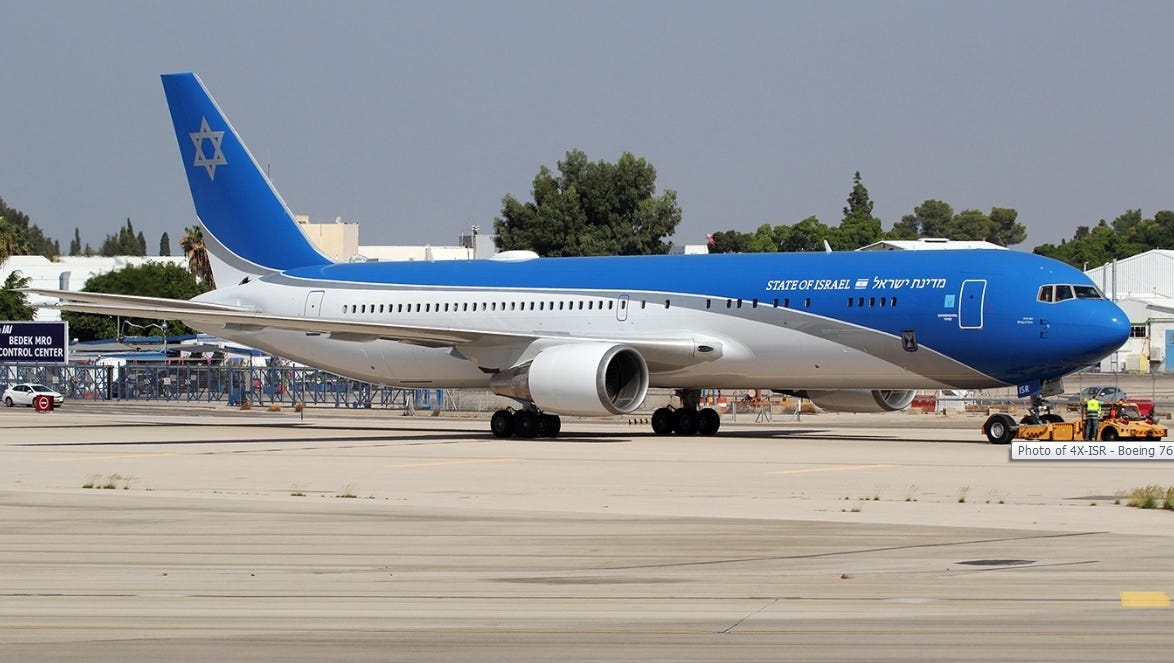
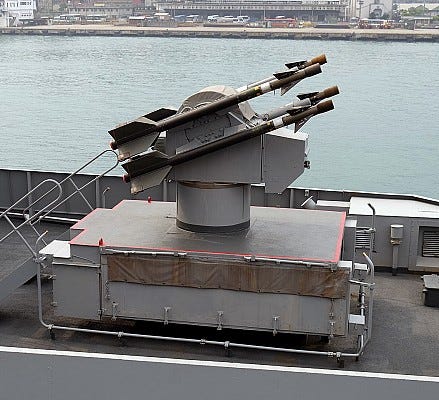





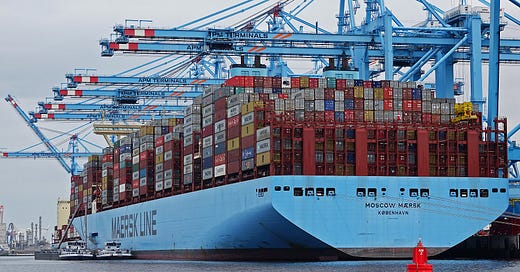

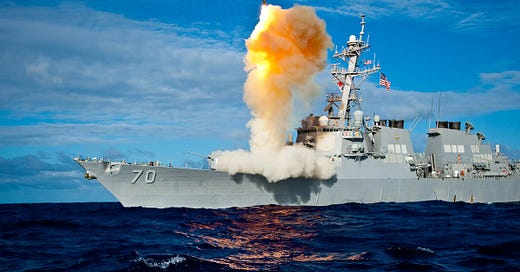



So the Iranians informed Turkyië, UAE, and other countries of the attack, 72 hours in advance. Turkyië, and others, invariably notified the US and Israel in turn. Couple that with the flight time of the drones (3-4 hours), Israel and friends had plenty of time to spool up their radars, missiles, and battle plans. Despite all that, four sites (military, not civilian) were hit, without casualties. Not to mention that the sites hit were involved in Israel's attack on the Iranian Consulate in Damascus. That tells me: the drones and cruise missiles were pawns, and the ballistic missiles were the true weapons of choice. Israel's battle plans and systems are crap against second tier ballistic missiles. See also Ukraine.
China would be better off blockading Taiwan by sea and air to restore Taiwan. No reason to kill their own people. Many people I've had dinner with in Taipei and Kaohsiung believe reuniting with China proper is inevitable, and several say desirable.
To the contrary, the lessons learned from the Iranian retaliatory strike against Israel last weekend is that ballistic missile and hypersonics can penetrate Israeli A.D. particularly when camouflaged in a swarm of cheap drones. A couple rounds of these kind of attacks will deplete Israel and US supplied A.D. forces, just as Ukrainian forces have been depleted the same way by the Russians. Especially so since Israel and Taiwan are very tiny landmasses. Overnight Israel has lost the threat of nuclear annihilation and Iran has gained a Mutually Assured Destruction capability. This is a real game changer. It's just gonna take a little while for this baleful reality to sink in. Just as it's taken a little while for the West to realize that their Project Ukraine is being annihilated before their very eyes by the Russians and they are unstoppable hypersonics.